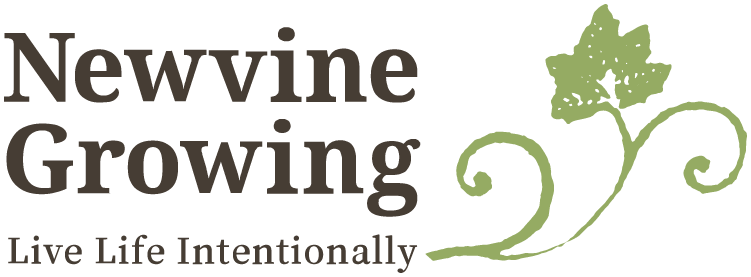Even if the external environment stays as troubling as it is, we can make small tweaks to improve our day-to-day lives.
In his book Atomic Habits, James Clear advocates for small improvements compounding over time.
He calculated that if a plane takes off in Los Angeles bound for New York but it’s off course by just 3.5 degrees, it will land in Washington, D.C. instead.

If you’re on the right path? Clear notes that if you get 1% better each day, at the end of the year, that adds up to about a 38% improvement.
There are two important aspects to this insight:
- You don’t need to overhaul your life overnight. You can make an almost imperceptibly better choice.
- You have to commit to making better choices repeatedly, rather than giving up when results don’t immediately appear.
Clear’s entire book is about making and breaking habits, so there’s much more to say on the how, but the fundamental idea is about recognizing why we engage in habits:
- We experience a cue.
- That triggers a feeling of craving.
- We respond to that craving.
- We get a feeling of reward from the response behavior.
You can choose your thoughts and feelings
My friend Sara Weeks and I met in CTI coach training, and Sara’s also gone through Brooke Castillo’s The Life Coach School. Sara and I traded coaching sessions, and she helped me tremendously using Castillo’s CTFAR model:
- Circumstance
- Thoughts
- Feelings
- Actions
- Results
Castillo’s model prompts you to explore your thoughts and feelings, which influence your behavior. Understanding why you are or aren’t doing something can help you shift toward better choices.
Here’s a not-at-all-hypothetical example from my life:
- Circumstance — ongoing pandemic
- Thoughts — I’m separated from family and friends and this is going to go on all winter
- Feelings — anxious, lonely, upset, nervous
- Actions — I eat and drink too much to calm my nerves
- Results — I gain weight
The circumstance is just a fact, a situation I can’t control. But if I can recognize how my thoughts trigger feelings and how those feelings trigger actions, I can choose to tell myself a different story about the circumstance:
- Thoughts — We’ve been making a good effort to see friends in safe, outdoor ways this summer and fall, and we often hear from people by text, email, phone and video chat.
And I can choose actions that align better with my long-term health goals and with actually addressing the underlying need for connection:
- Actions — reach out to friends and family I miss, plan safe social connections
I realized this summer that one of the thoughts I had around the pandemic and systemic racism was that I was helpless in the face of such enormous and complex challenges. My overwhelm led to feeling despair and anger. But changing my actions (making donations to hunger relief, educating myself on racism) showed me I did have some power. In that case, changing my actions came first and helped shift my thoughts and feelings.
The first step is to simply get curious about what you’re thinking and feeling, so you can understand why you’re choosing to act as you do.

Your circumstances don’t have to change
It would be spectacular if 2020 ended, taking with it pandemic, recession, racism and divisive politics. I’m not holding my breath, though.
It’s a good time to borrow the Alcoholics Anonymous Serenity Prayer:
God, grant me the serenity to accept the things I cannot change,
The courage to change the things I can,
And the wisdom to know the difference.
What do you have the courage to change today?
And if you make that change today, how can you sustain it tomorrow?

